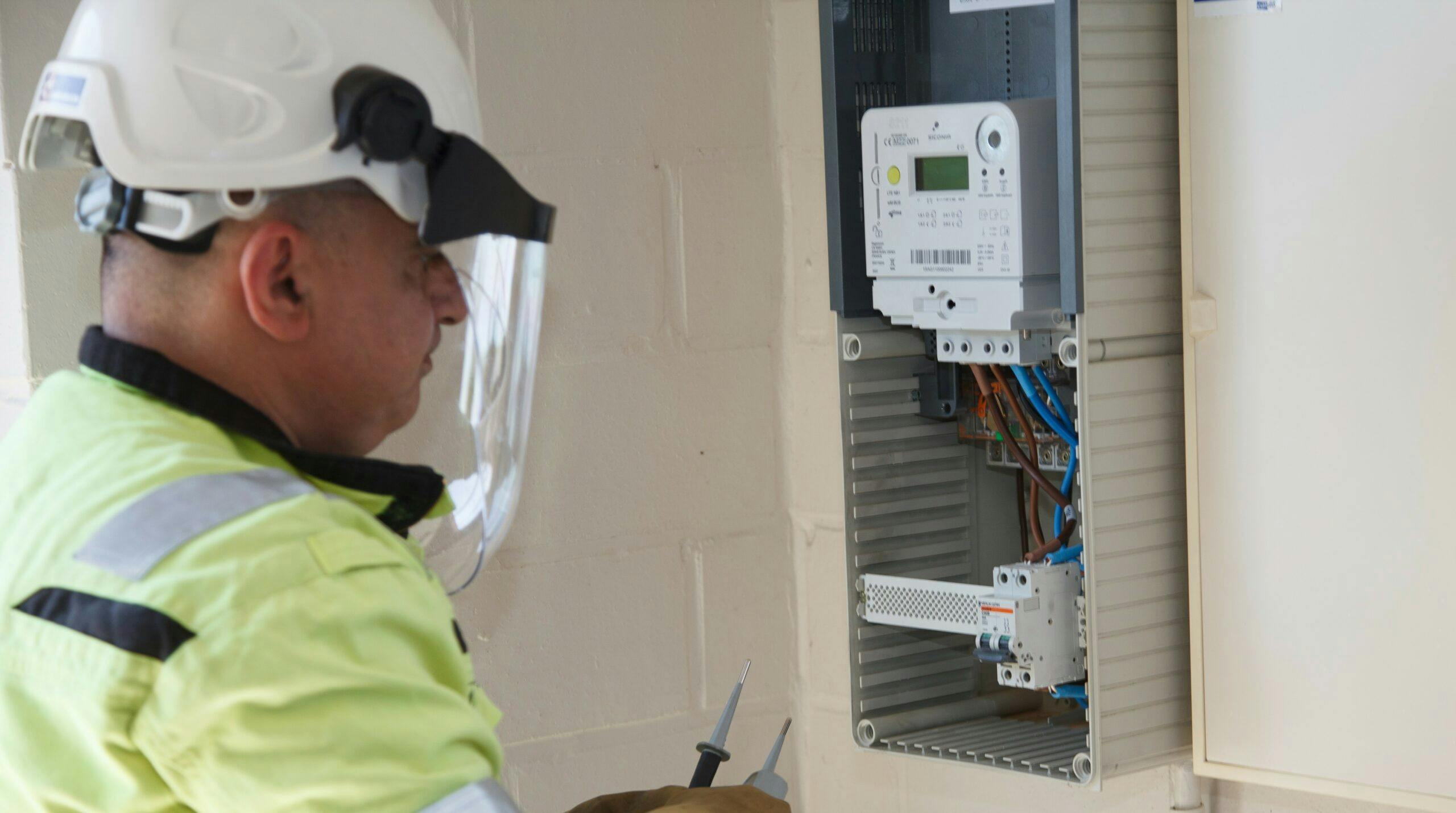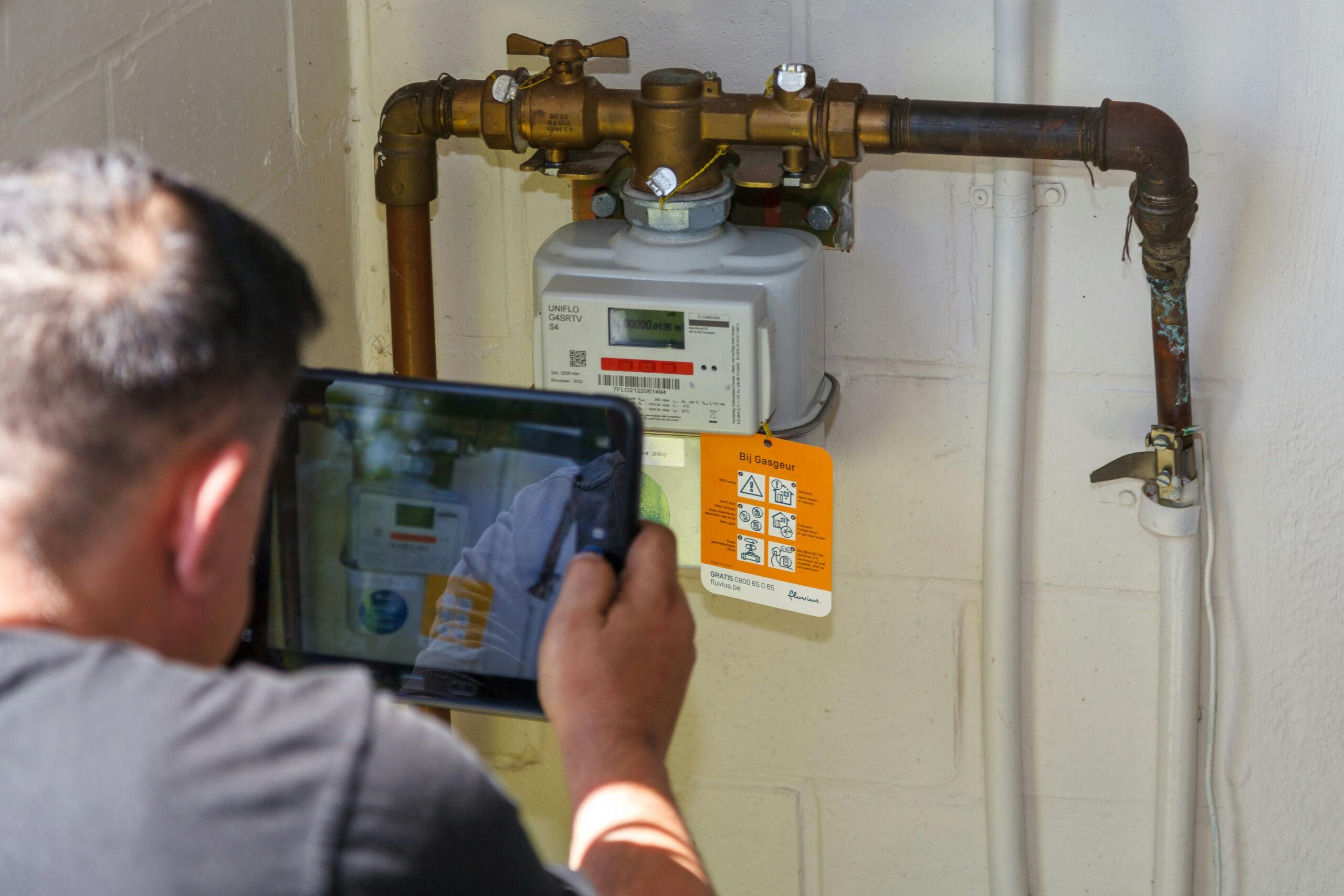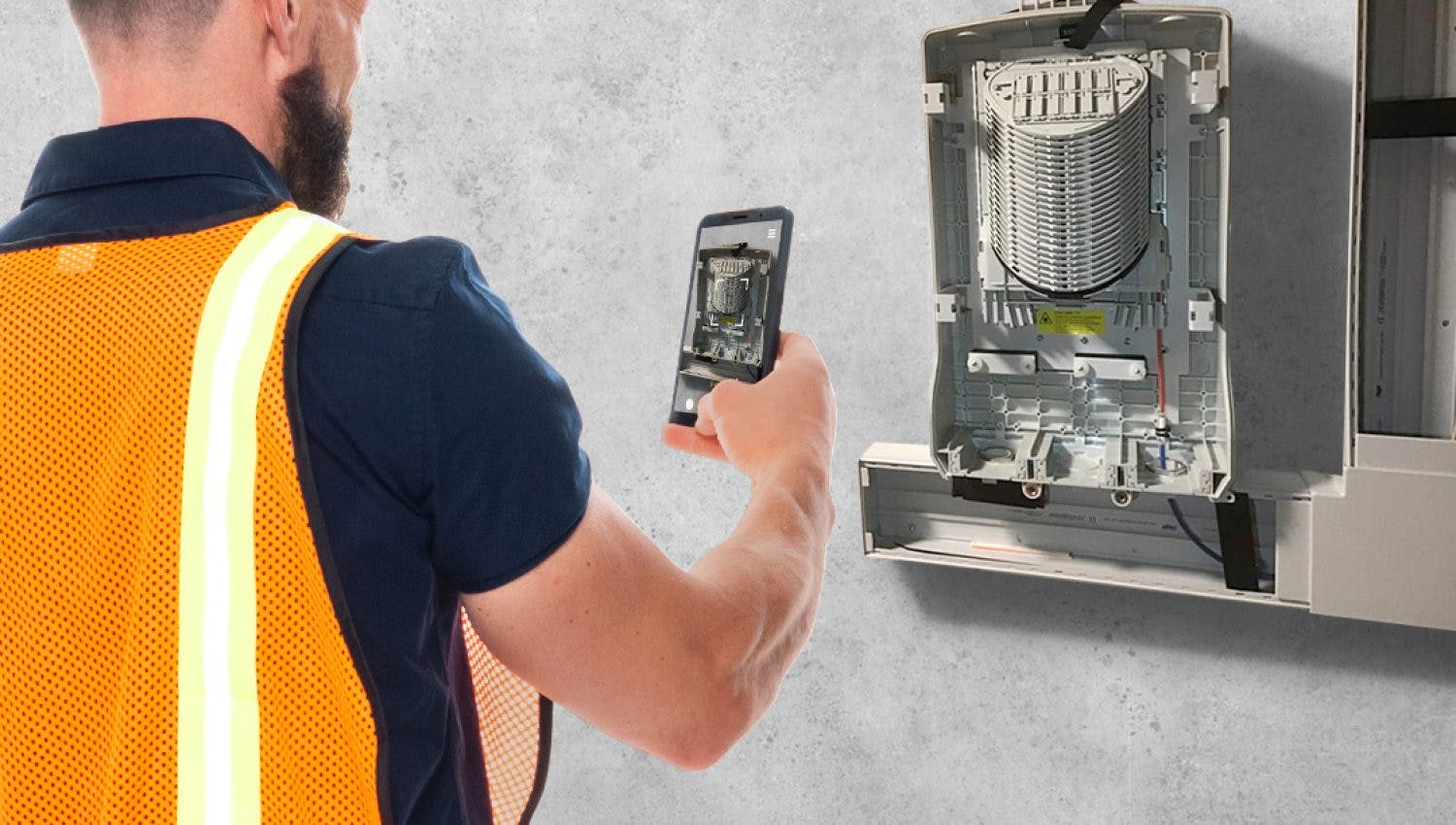Never has it been so pressing to watch our energy consumption: With climate change and geopolitical tensions, this issue has come to the forefront of our attention. Several countries around the world are taking this matter seriously, as governments mandate the replacement of analog energy meters with digital ones. This enables people to monitor their consumption and automate data collection closely and contributes to reducing overall energy consumption and saving operational costs through remote meter readings.
Some countries, such as the Scandinavians, Spain, and Italy, have completed the smart meter roll-out, while others, like Ireland, Belgium, Poland, and Germany, are at various stages of the process. Consequently, European field service companies in the utility sector must adapt to meet deployment deadlines while considering two critical operational aspects:
- Ensuring the installation of smart meters adheres to quality standards to ensure long-term meter functionality.
- Ensuring the safety of these installations, such as avoiding gas leaks during the setup of smart gas meters.
Both these objectives aim to provide excellent service quality and satisfy customers, especially utility grid operators.
However, field service companies are facing unique challenges in the post-Covid era, including the impact of the "Great Resignation." Thousands of workers left their jobs in the aftermath of the pandemic, leaving many positions unfilled and creating difficulty for companies in recruitment. The new generation of workers values flexibility over long-term benefits and changes jobs frequently, leading to a shortage of experienced workers in the field services sector.
Consequently, companies are rushing to hire new agents without always providing adequate training. Newly hired technicians receive only a few weeks of training before entering the field. According to the 2022 Voice of the Field Service report by the Service Council, the knowledge and skill gap among technicians is a significant challenge for 40% of service organizations.
Moreover, there is growing pressure to perform a high volume of operations and tasks within a limited time frame. Administrative tasks, such as documentation and reporting, are the first to be affected by these constraints. A 2022 study by the Service Council found that over 50% of technicians find "paperwork and admin tasks" to be burdensome. While technicians are required to document their installation work through photos, the quality often suffers, resulting in blurry, poorly framed, or inadequately lit images.
In some cases, technicians rush through their tasks, leading to installation defects. For instance, installing a new electricity meter involves nearly 30 visual tasks, making it a challenging process to execute flawlessly.
Fortunately, this doesn't have to be a deal breaker. Here are three tips for delivering service excellence during smart meter installations:
Tip #1: Make use of field operation photos to document your installations
Photos are making their way into the world of field services, but their full potential is still untapped. Unlike text or email, photography serves as a universal language that both the sender and recipient comprehend instantly. This makes it a convenient method for reporting and exchanging information.
Photos are also quick and easy to provide, unlike filling out forms. A photo is worth more than a thousand words. It efficiently reports and provides valuable insights by depicting the outcomes of actions performed by technicians: Is the meter accurately and safely installed? Are the cables properly positioned? Is the meter screen displaying the correct number?
However, this holds true only if data integrity is assured, requiring photo verification. Data integrity is at the center of a system built on trust, like the world of infrastructure roll-out and field services. Validating photo integrity involves ensuring the presence of the expected element, which must be fully visible, and verifying that the photo is clear and captured under suitable lighting conditions. Hence, image recognition is key in transforming photos into trustworthy data for field operations. Routine field photos, confirmed in real-time by AI (computer vision), provide technicians with innovative ways to report their work and eliminate the need for extensive form-filling.
Tip #2: Replace traditional quality and safety control processes with AI-based First Time Right Automation
Like the reporting process, quality and safety control is still carried out manually in the utility sector. To make up for the lack of skills of field workers, companies have started manually verifying each operation by sending someone on-site to perform the checking or have given up that process altogether- none of which is a viable solution.
On the other hand, AI-powered tools such as computer vision platforms, offer the ability to implement real-time quality control and automated safety assessments that are seamlessly integrated into smart meter installations. Immediate task analysis and live feedback provided to field workers enable them to get things right during their initial visit.
Tip #3: Leverage AI to bring trust between all the actors
For utility companies, addressing the scarcity of field workers often involves subcontracting from other firms. This presents challenges for grid operators who must ensure compliance with their quality standards. Unfortunately, the multiple layers of subcontracting hinder the acquisition of concrete insights regarding field operations.
Trust plays a pivotal role in this ecosystem, and AI serves as the means to restore it by holding agents accountable in the field. This also alleviates companies from the burden of monitoring each installation closely, enabling them to focus on addressing their most problematic cases.
Interested in knowing more about Visual Automation and its use in the deployment of smart meters? Watch our webinar “How can field service companies automate their quality & safety control? A concrete example with the deployment of smart energy meters




